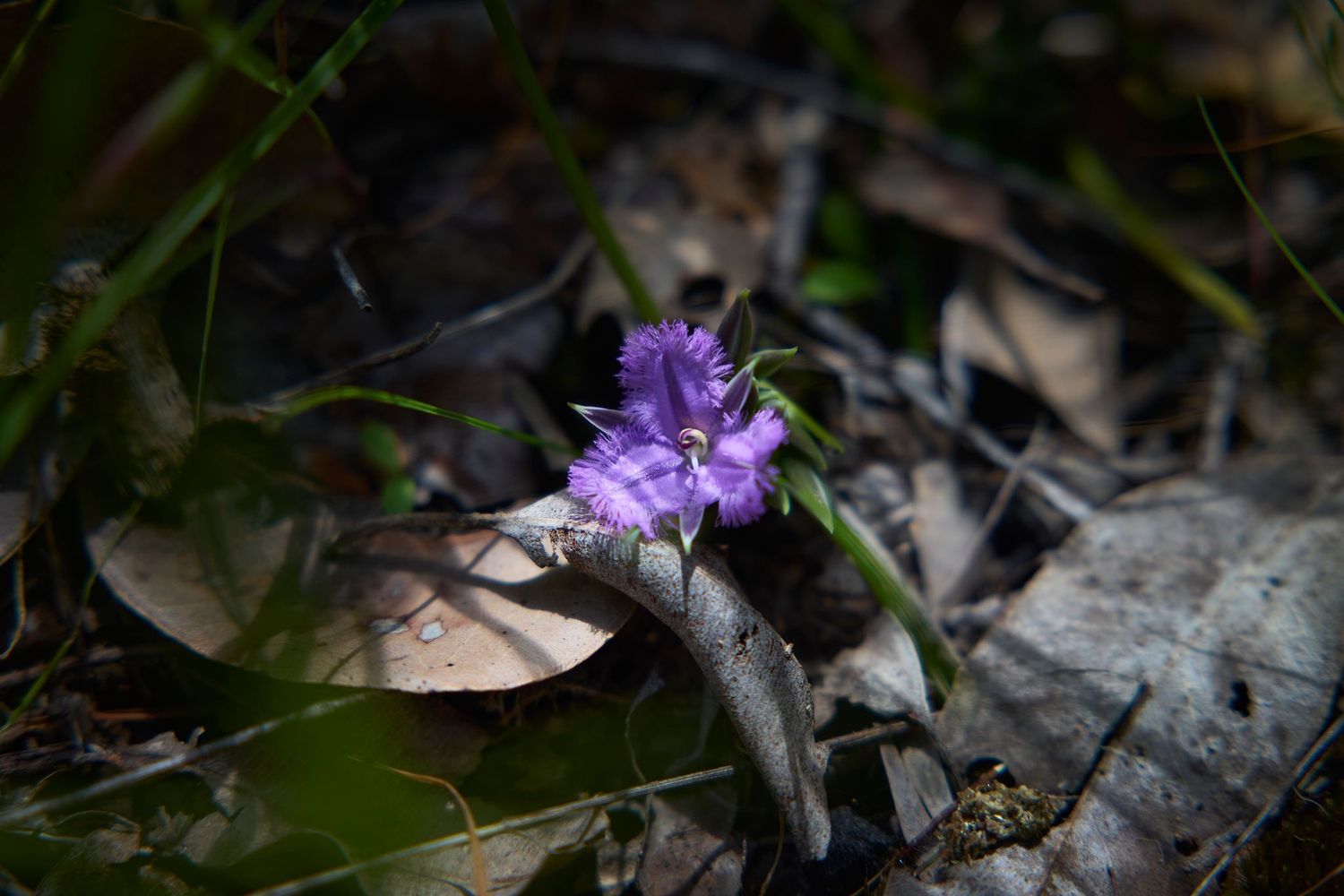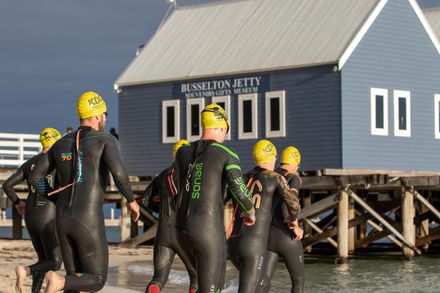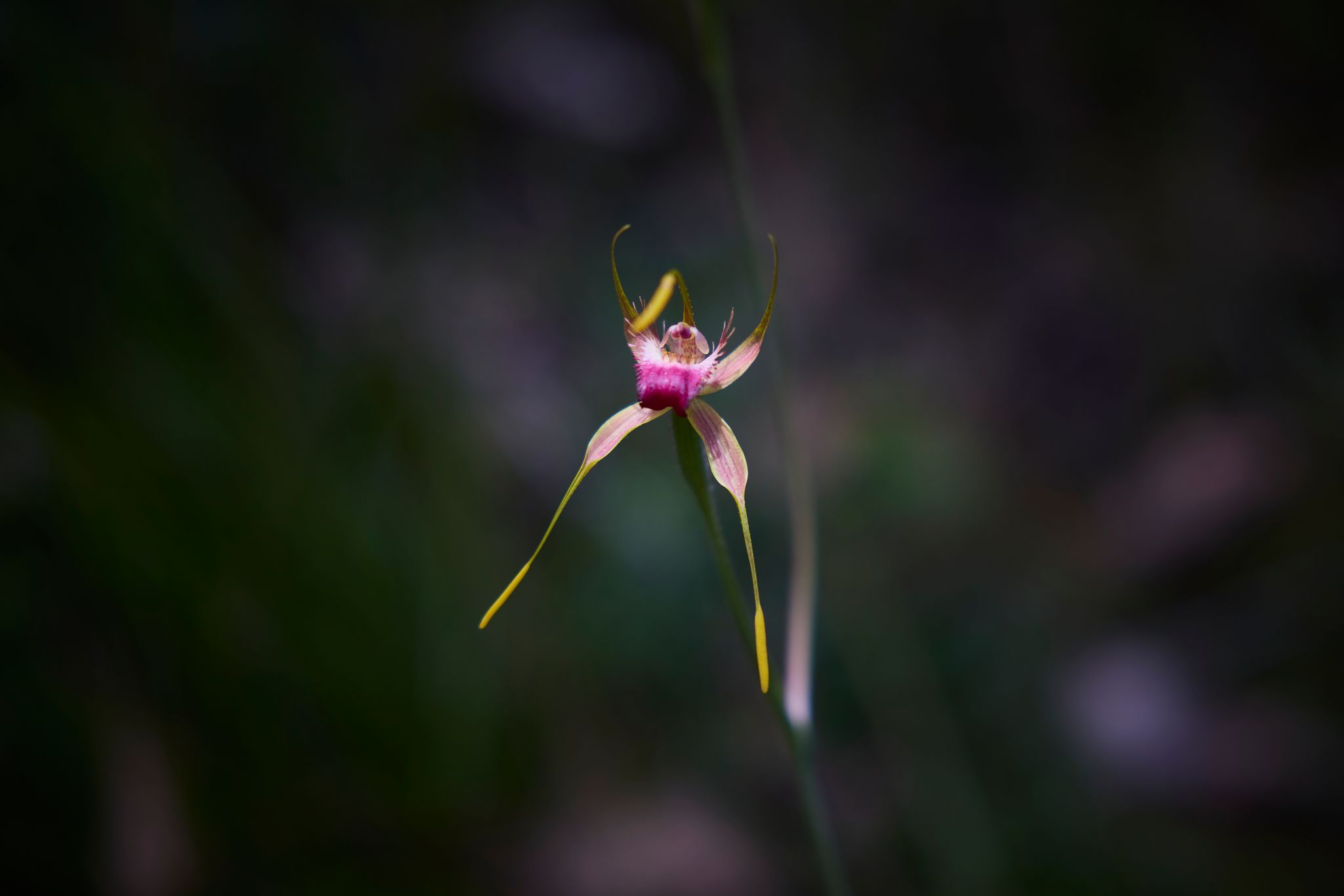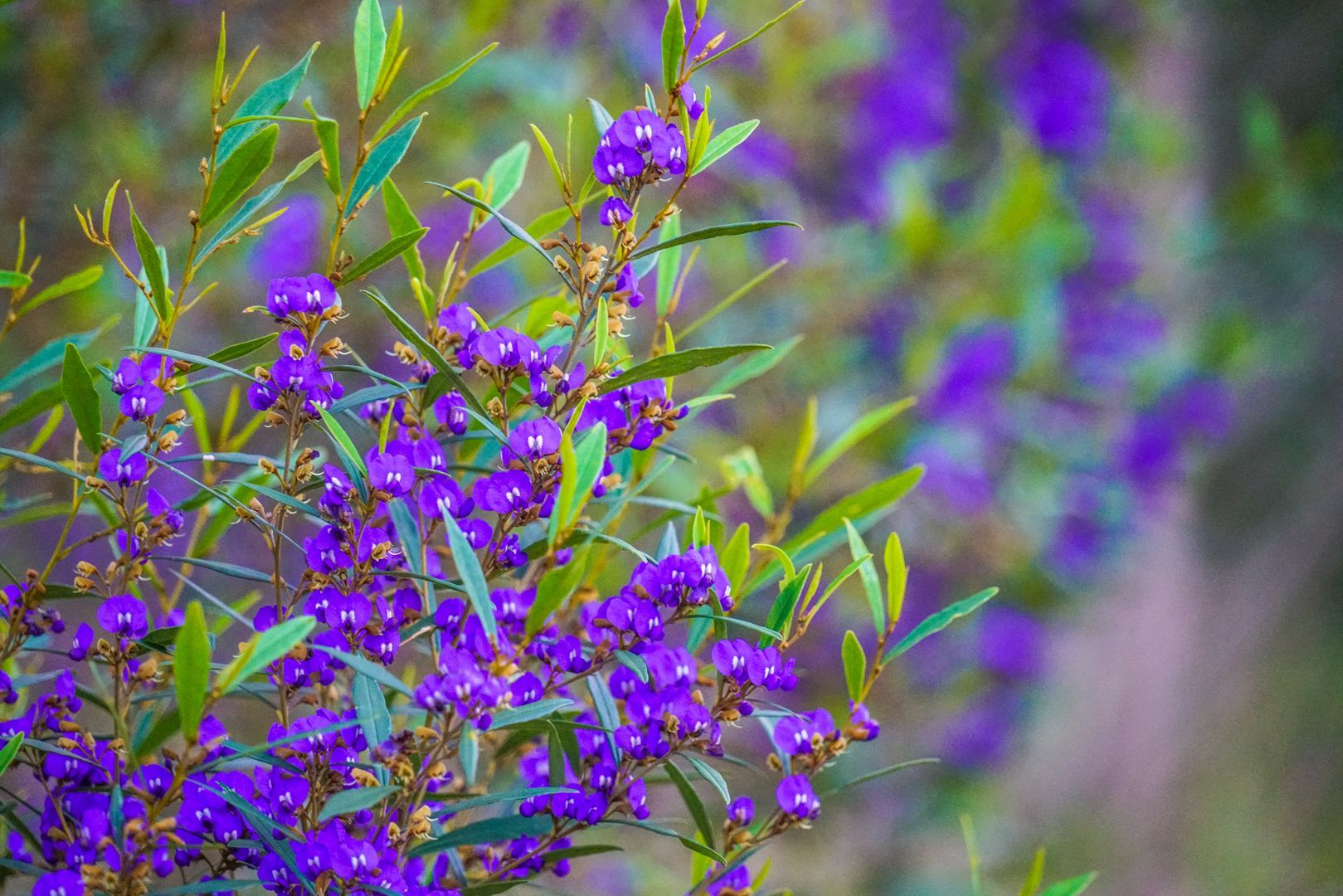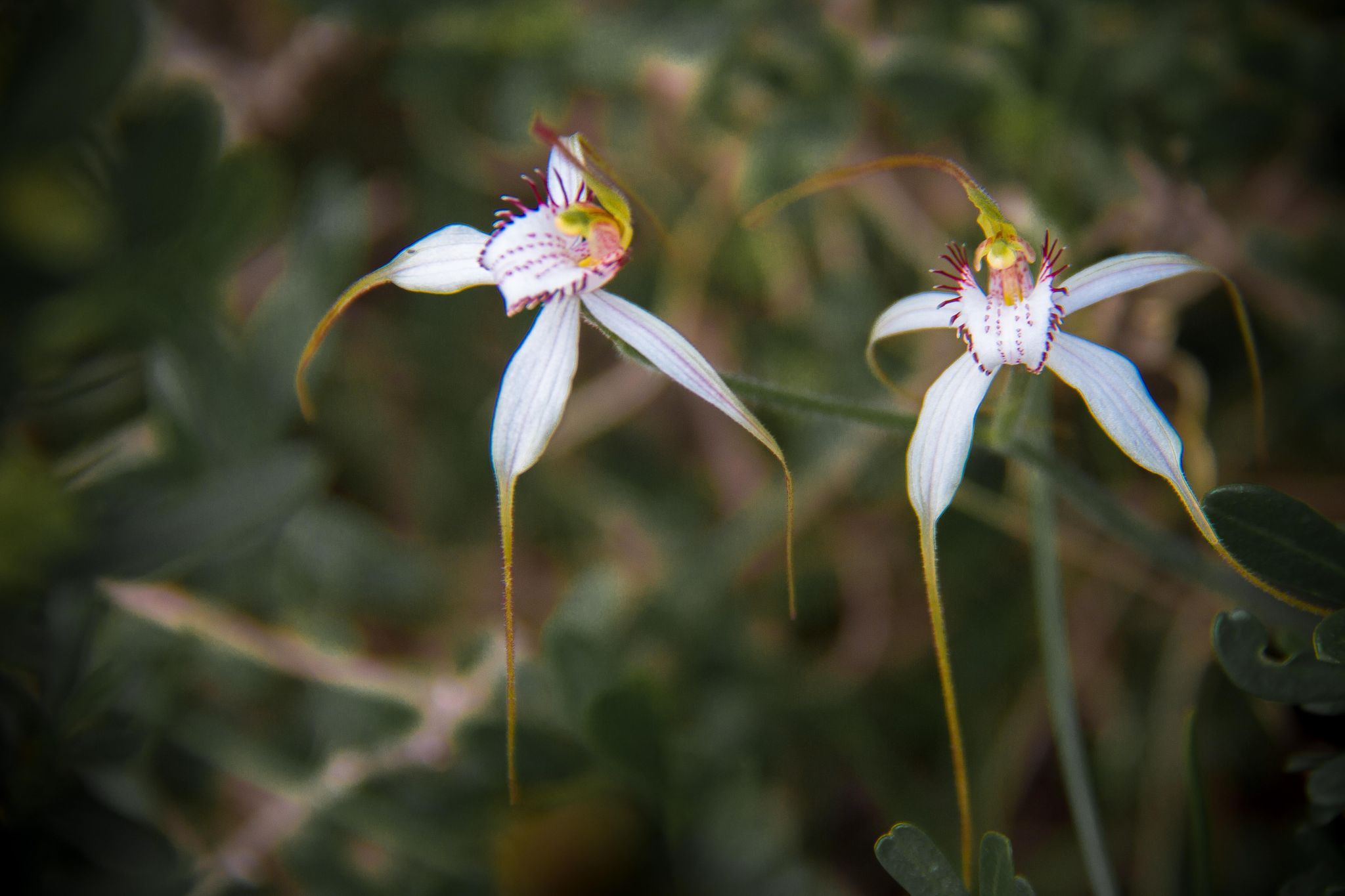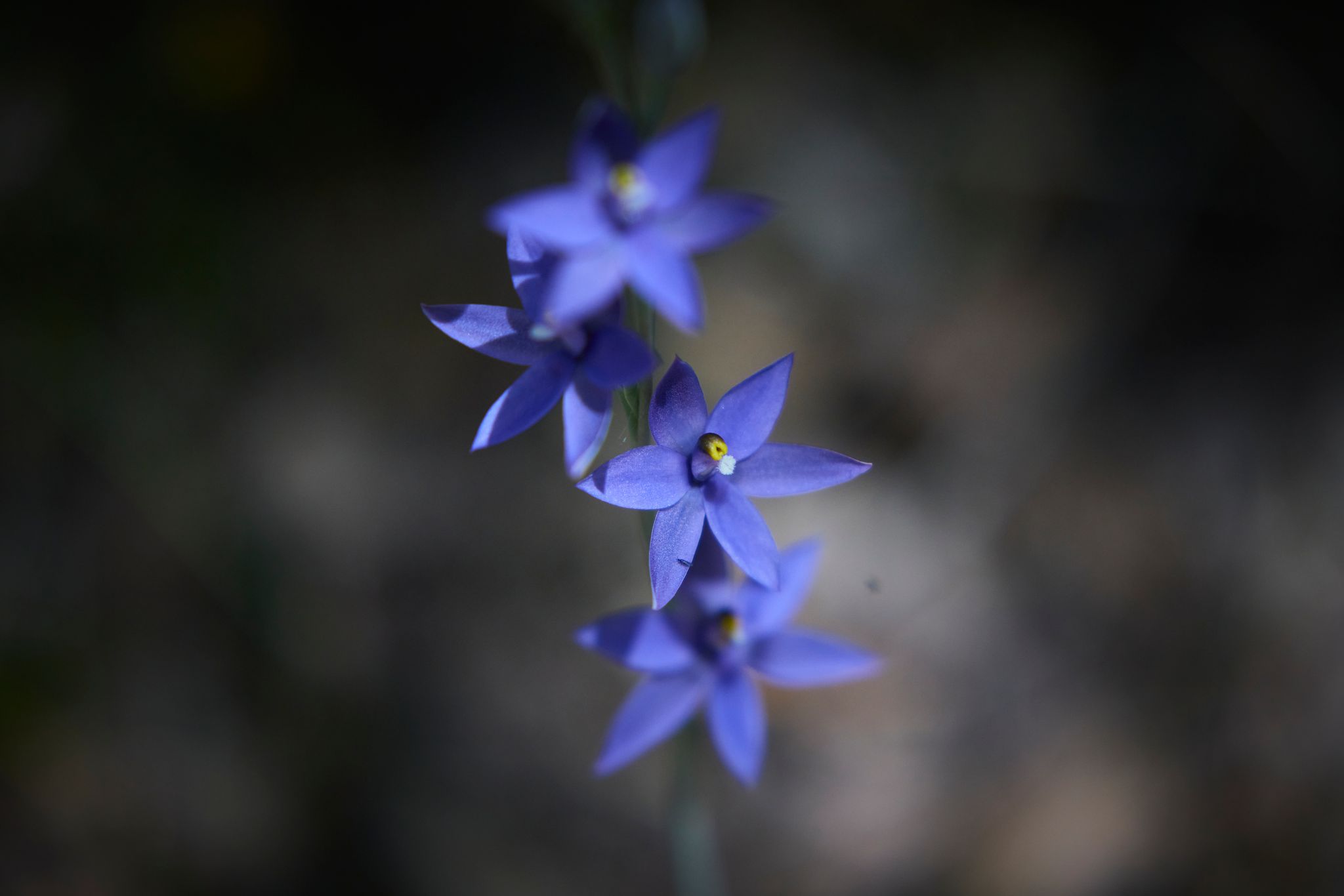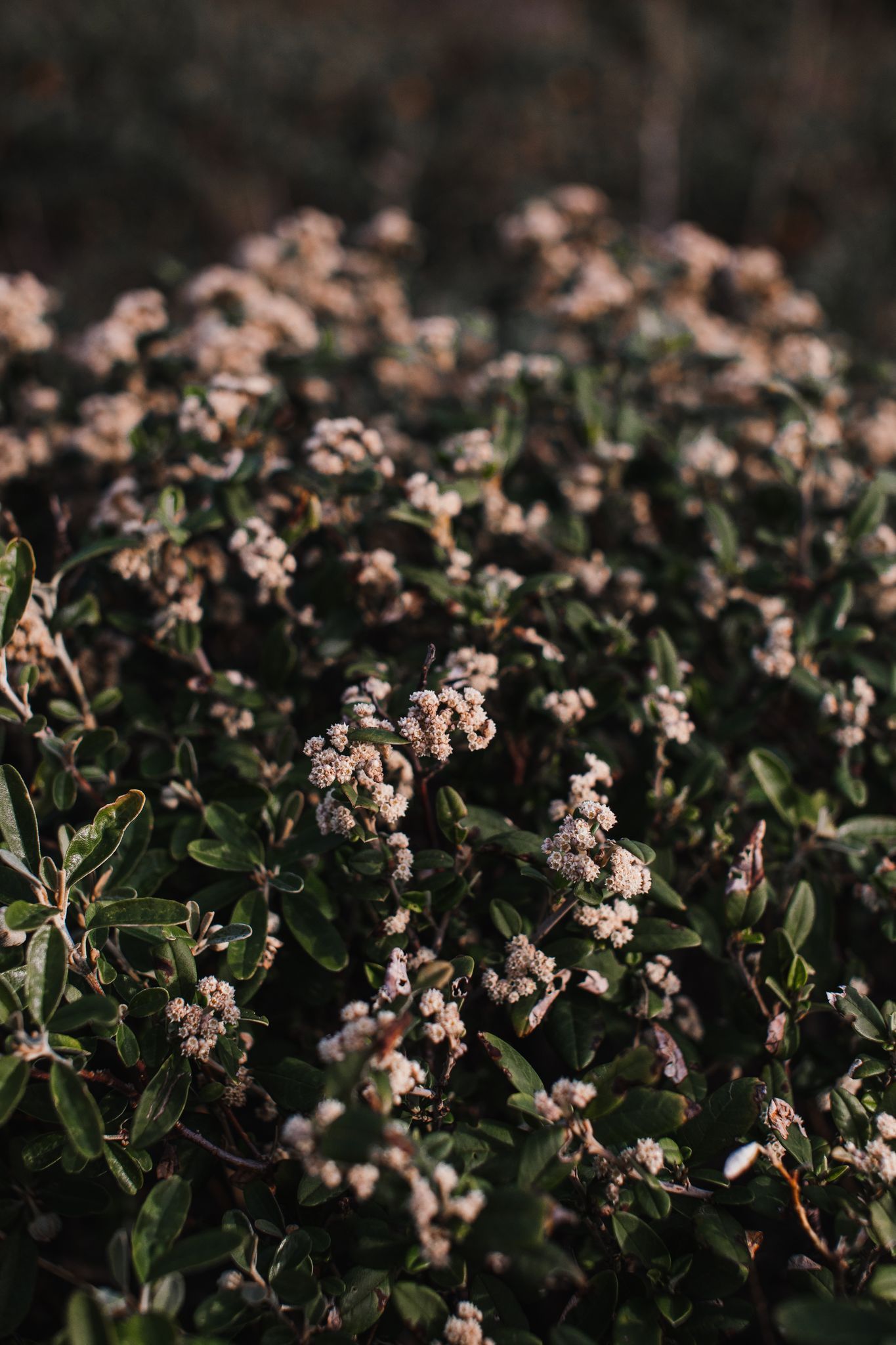The Margaret River Region has remarkable biodiversity, and if you visit in spring you’ll observe an abundance of wildflowers and orchids in blossom.
It is rated by the World Wide Fund for Nature (WWF) as one of the world’s most important areas for biodiversity and conservation, and if you come in spring you’ll see why.
Wildflower season in the Margaret River Region begins at the northern end of the capes near Busselton and moves south towards Augusta as spring progresses. With this in mind, we’ve listed the top wildflower hotspots following the coastline from north to south to help you plan. And remember to leave the environment just as you found it – the picking of native flowers is strictly prohibited.
Over 2,500 species of wildflowers decorate the region in vivid colours with their delicate flowers. The colour range and combinations are amazing with the brightest of true blue, lime green, yellow, red, pink, orange, white and mauve to name just a few. The intricacy of the flowers will bewilder you, especially the orchids. Look out for these tiny yet magnificent works of art hiding where you least expect them. There are 150 species of orchid, many of which are rare and endangered. Be on the lookout for the splendid spider orchid and giant donkey orchid, which are celebrated finds amongst botanical enthusiasts.
Although there are wildflowers year round, the best time to be truly amazed at the intensity and variety of the wildflowers is from August to November. Some of the best wildflower hotspots are along the coastal walking tracks, rivers, forests and around the caves. Or better still, take a wildflower tour with a local guide.
